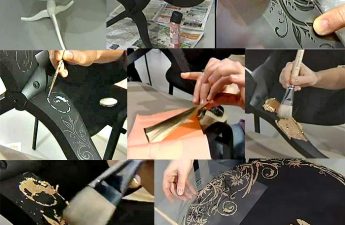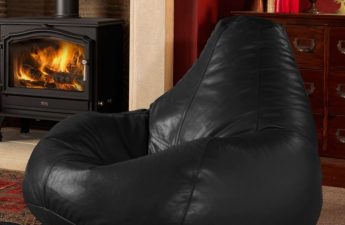Do-it-yourself upholstery of upholstered furniture -the task is not as simple as it may seem at first glance. In order for the updated chair to look modern, stylish and appropriate, it is necessary to study the technology and strictly follow the instructions.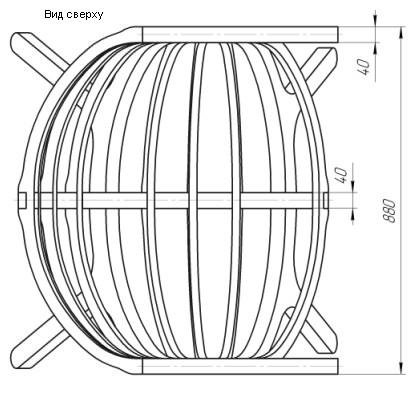 If the upholstery on your old chair has become unusable,do not rush to throw it away, it is enough to simply re-upholster it with new fabric. In order for the restoration to be successful, it is necessary to take into account all the subtleties, only with a thorough approach to the matter will the updated furniture look good. This scheme of work can be used to update any upholstered furniture. But if the worn sofa or armchair has a complex shape, it is better to contact professionals (Fig. 1).
If the upholstery on your old chair has become unusable,do not rush to throw it away, it is enough to simply re-upholster it with new fabric. In order for the restoration to be successful, it is necessary to take into account all the subtleties, only with a thorough approach to the matter will the updated furniture look good. This scheme of work can be used to update any upholstered furniture. But if the worn sofa or armchair has a complex shape, it is better to contact professionals (Fig. 1).
Preparatory work
To reupholster a chair you will need not onlymaterials and tools, you also need to have sufficient sewing skills and perseverance. Do not ignore the preparatory stage, otherwise difficulties may arise at the most inopportune moment. For successful re-upholstery you will need:
- screwdriver;
- pliers;
- anti-stapler;
- furniture fabric;
- foam rubber;
- sintepon;
- strong threads;
- scissors, needles, pins;
- sewing machine;
- stapler with staples.
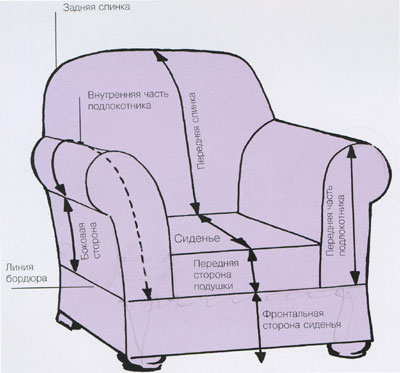 Figure 1. Chair diagram.If the chair has wooden parts, you will also need sandpaper, stain or furniture varnish. First of all, you need to take pictures of the furniture from different angles. This will greatly simplify the assembly process and avoid mishaps. After the item to be remade has been captured, you can move on to the next stage. The chair needs to be disassembled. Remove all decorative elements and cushions. If you do a superficial re-upholstery and leave the wooden parts in a worn-out state, the overall impression will be hopelessly spoiled. Next, you need to very carefully remove the old upholstery. It is important not to damage the fabric, as it will act as a pattern. You can use a staple remover, a screwdriver and any other tools with a flat edge for this work. After the fabric has been removed, it needs to be measured and calculated how much fabric will be needed to sew the new upholstery. It is important to take into account the stock of material for hems and darts. It is necessary to assess the condition of the soft part of the chair. If the foam rubber shows signs of dirt and wear, it should be replaced. It is better to do this right away, so that after a few years the updated chair does not surprise you with a change in shape.
Figure 1. Chair diagram.If the chair has wooden parts, you will also need sandpaper, stain or furniture varnish. First of all, you need to take pictures of the furniture from different angles. This will greatly simplify the assembly process and avoid mishaps. After the item to be remade has been captured, you can move on to the next stage. The chair needs to be disassembled. Remove all decorative elements and cushions. If you do a superficial re-upholstery and leave the wooden parts in a worn-out state, the overall impression will be hopelessly spoiled. Next, you need to very carefully remove the old upholstery. It is important not to damage the fabric, as it will act as a pattern. You can use a staple remover, a screwdriver and any other tools with a flat edge for this work. After the fabric has been removed, it needs to be measured and calculated how much fabric will be needed to sew the new upholstery. It is important to take into account the stock of material for hems and darts. It is necessary to assess the condition of the soft part of the chair. If the foam rubber shows signs of dirt and wear, it should be replaced. It is better to do this right away, so that after a few years the updated chair does not surprise you with a change in shape.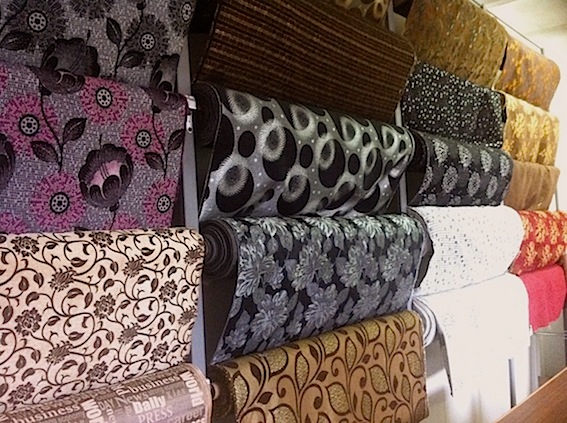 Figure 2.Fabrics such as tapestry, jacquard, matting, velour, chenille are suitable for upholstery of the chair. After that, you can go to the store for consumables. For work, you will need foam rubber 3-5 cm thick, standard or increased rigidity. Such a sealant is used for furniture production, and you can buy it in specialized stores. You will need upholstery material, it is better to choose a fabric marked "furniture". Tapestry, jacquard, matting, velour, chenille are suitable for finishing upholstered furniture (Fig. 2). When buying, you need to take into account the stock of material. The presence of a pattern on the fabric will increase the consumption by about 1-2 steps of repeating the elements of the image. And, of course, threads of a suitable shade must be strong, intended for working with furniture. Reinforced threads 45-70 LL (lavsan - an analogue of polyester) are suitable. Return to the table of contents</a>
Figure 2.Fabrics such as tapestry, jacquard, matting, velour, chenille are suitable for upholstery of the chair. After that, you can go to the store for consumables. For work, you will need foam rubber 3-5 cm thick, standard or increased rigidity. Such a sealant is used for furniture production, and you can buy it in specialized stores. You will need upholstery material, it is better to choose a fabric marked "furniture". Tapestry, jacquard, matting, velour, chenille are suitable for finishing upholstered furniture (Fig. 2). When buying, you need to take into account the stock of material. The presence of a pattern on the fabric will increase the consumption by about 1-2 steps of repeating the elements of the image. And, of course, threads of a suitable shade must be strong, intended for working with furniture. Reinforced threads 45-70 LL (lavsan - an analogue of polyester) are suitable. Return to the table of contents</a>
Intermediate stage of restoration
After all the tools and materialsare prepared, you can begin the restoration. The first thing you need to do is update the armrests, legs and all wooden elements. They must be carefully processed with sandpaper, covered with stain or varnish and left to dry.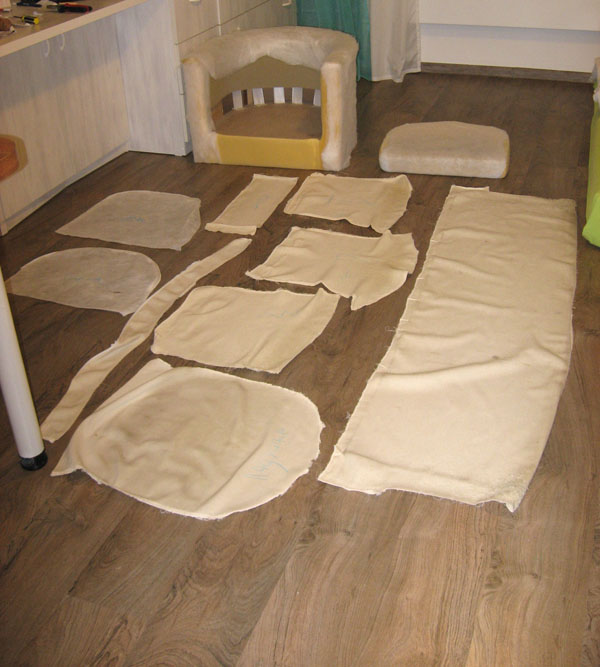 Figure 3.Carefully remove the old upholstery from the chair and detach all the parts for further creation of a new pattern. Then you can proceed to making new upholstery. The old one, if this has not been done earlier, needs to be ripped apart, trying not to damage the fabric. Each part needs to be numbered and put aside. After this, you need to mark and cut out the new upholstery (Fig. 3). It is most convenient to do this on the floor. Marks are applied using a special marker, chalk or a simple pencil. It is more convenient to cut with large sharp scissors. After all the parts have been cut out, you need to process the cuts so that the fabric does not unravel. The easiest way to hem is to double hem or lightly singe over an open flame. When choosing the second method, you need to act extremely carefully, checking the reaction of the material on an unnecessary trim. After this, you need to sew all the parts of the new upholstery on a sewing machine. It is better to “try on” the new cover several times than to redo everything. Once the upholstery is ready, you can move on to the main part of the chair restoration work. Return to Contents</a>
Figure 3.Carefully remove the old upholstery from the chair and detach all the parts for further creation of a new pattern. Then you can proceed to making new upholstery. The old one, if this has not been done earlier, needs to be ripped apart, trying not to damage the fabric. Each part needs to be numbered and put aside. After this, you need to mark and cut out the new upholstery (Fig. 3). It is most convenient to do this on the floor. Marks are applied using a special marker, chalk or a simple pencil. It is more convenient to cut with large sharp scissors. After all the parts have been cut out, you need to process the cuts so that the fabric does not unravel. The easiest way to hem is to double hem or lightly singe over an open flame. When choosing the second method, you need to act extremely carefully, checking the reaction of the material on an unnecessary trim. After this, you need to sew all the parts of the new upholstery on a sewing machine. It is better to “try on” the new cover several times than to redo everything. Once the upholstery is ready, you can move on to the main part of the chair restoration work. Return to Contents</a>
Bracing and assembling
You need to reupholster the chair in stages:disassembled. For example, first cover the seat, then the back and small parts. Put the frame of the part in front of you, place the foam rubber on it. The edges of the softening layer can protrude slightly beyond the frame: this will soften the ribs and make the use of the updated furniture more comfortable. If thick and dense foam rubber is purchased, the corners can be cut, making the transitions rounded.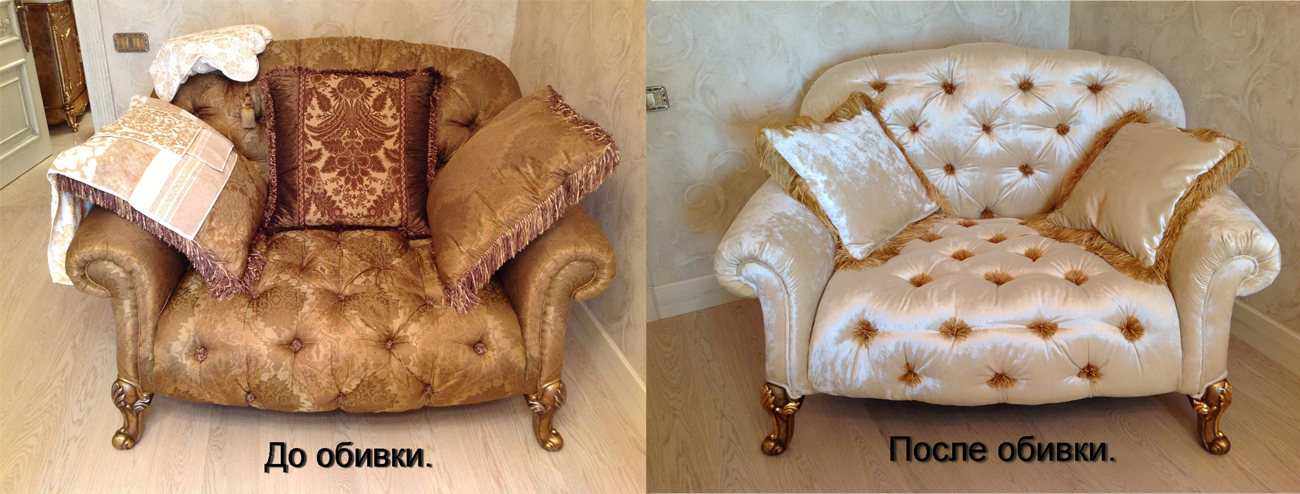 Figure 4. Example before and after reupholstering a chair.A layer of synthetic padding will protect the foam rubber from shifting and will greatly simplify the process of installing the new upholstery. This non-woven material should be placed on top of the foam rubber and secured to the base with a stapler. Then you can proceed directly to the upholstery. The fabric part should be placed on the base and carefully straightened. You need to start fastening according to the diagram, this will avoid shifting and skewing the material. First, using 4 staples, fasten the fabric on the ribs, approximately in the middle. Then proportionally, stretching the fabric, fasten with staples. For example, 2 ⁄ on one side, 2 ⁄ on the opposite side, and so on. It is important that the material does not sag, but is not stretched excessively. Constant monitoring will allow you to upholster the chair qualitatively. After the last staple is secured, you can proceed to re-upholstering the next part. To make the updated chair look presentable from all sides, the back can be covered with lining fabric, also securing it with staples. After re-upholstering the last soft part, you can begin assembling it. This is where a detailed photo of the furniture will come in handy. Remember how you disassembled the chair and repeat all the steps in reverse order. All screws and fasteners need to be tightened. If the chair is on wheels, it makes sense to replace them with modern bearing ones. If all the steps were carried out correctly, you should have a beautiful updated chair in front of you (Fig. 4). The ability to upholster a chair with your own hands is a very useful skill. It is worth spending time and effort on learning the technology once, and tomorrow you will be able to independently and without significant expenses update the interior of your house or cottage.</ ul>
Figure 4. Example before and after reupholstering a chair.A layer of synthetic padding will protect the foam rubber from shifting and will greatly simplify the process of installing the new upholstery. This non-woven material should be placed on top of the foam rubber and secured to the base with a stapler. Then you can proceed directly to the upholstery. The fabric part should be placed on the base and carefully straightened. You need to start fastening according to the diagram, this will avoid shifting and skewing the material. First, using 4 staples, fasten the fabric on the ribs, approximately in the middle. Then proportionally, stretching the fabric, fasten with staples. For example, 2 ⁄ on one side, 2 ⁄ on the opposite side, and so on. It is important that the material does not sag, but is not stretched excessively. Constant monitoring will allow you to upholster the chair qualitatively. After the last staple is secured, you can proceed to re-upholstering the next part. To make the updated chair look presentable from all sides, the back can be covered with lining fabric, also securing it with staples. After re-upholstering the last soft part, you can begin assembling it. This is where a detailed photo of the furniture will come in handy. Remember how you disassembled the chair and repeat all the steps in reverse order. All screws and fasteners need to be tightened. If the chair is on wheels, it makes sense to replace them with modern bearing ones. If all the steps were carried out correctly, you should have a beautiful updated chair in front of you (Fig. 4). The ability to upholster a chair with your own hands is a very useful skill. It is worth spending time and effort on learning the technology once, and tomorrow you will be able to independently and without significant expenses update the interior of your house or cottage.</ ul>
